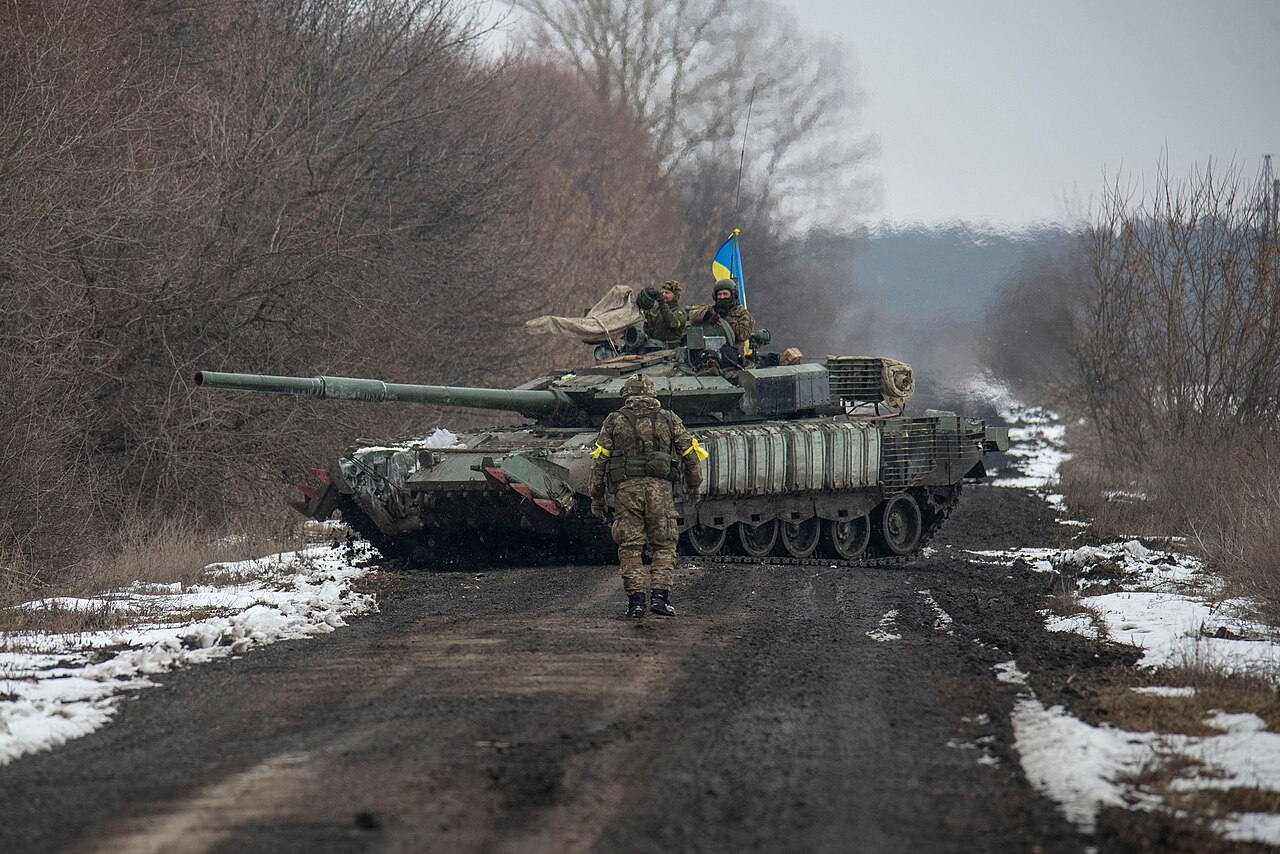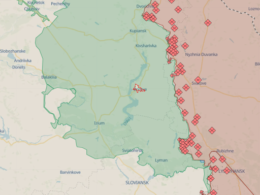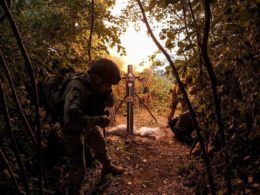Russian forces have resumed using military vehicles for assaults on Ukrainian positions due to worsened weather conditions, says Major Maksym Zhorin, deputy commander of Ukraine's 3rd Separate Assault Brigade, Hromadske Radio reports.
On 24 November 2024, Russian troops crossed the Oskil River near Kupiansk city in Kharkiv Oblast, temporarily capturing Ukrainian positions. Despite these advances, Kyiv forces have effectively countered, repelling attacks and destroying Russian equipment. On 23 December, Russian troops suffered heavy losses during a failed attempt to expand their bridgehead on the river's left bank.
Zhorin noted that rain and frost have significantly hampered Ukrainian forces' ability to control the frontline and conduct reconnaissance, leading to substantial losses of unmanned aerial vehicles (UAVs), particularly Mavics.
"Previously, Russian assaults were primarily conducted by infantry groups without using equipment. Now, they're taking advantage of the weather to launch mechanized attacks. It's particularly dangerous when enemy vehicles penetrate behind our lines, as clearing such areas becomes difficult and costly," Zhorin explained.
He emphasized that Russian forces aim to establish complete control over the Oskil River, often using stolen local boats to cross undetected. This activity threatens Kupiansk, especially near Borova, as the Russian military works to expand its foothold.
Earlier, the Achilles UAV unit commander from the 92nd Separate Assault Brigade reported a large-scale Russian assault on 23 December under the cover of rain and fog, according
to Militarnyi. The attack was carried out in two waves over nearly 24 hours and was thwarted by Achilles drone operators, who destroyed 12 armored vehicles, including a BMP-2 infantry fighting vehicle and two tanks. They also damaged eight additional BMP-2 vehicles and another tank. Russian losses included 18 personnel killed and six wounded.
The Kupiansk direction remains highly contested, with Russian forces employing a mix of mechanized and infantry assaults targeting Kupiansk and nearby areas like Kolisnykivka.
Related:
- Russia’s massive missile assault targets Ukraine’s thermal power plants on Christmas morning
- Russian missile targets apartment block in Kryvyi Rih on Christmas Eve, killing at least one civilian
- Zelenskyy labels Putin “dumbass” for “high-tech duel” idea to target Kyiv with Oreshnik
- None of Russia’s 85 drones reach targets in Ukraine; missiles hit homes but cause no injuries




